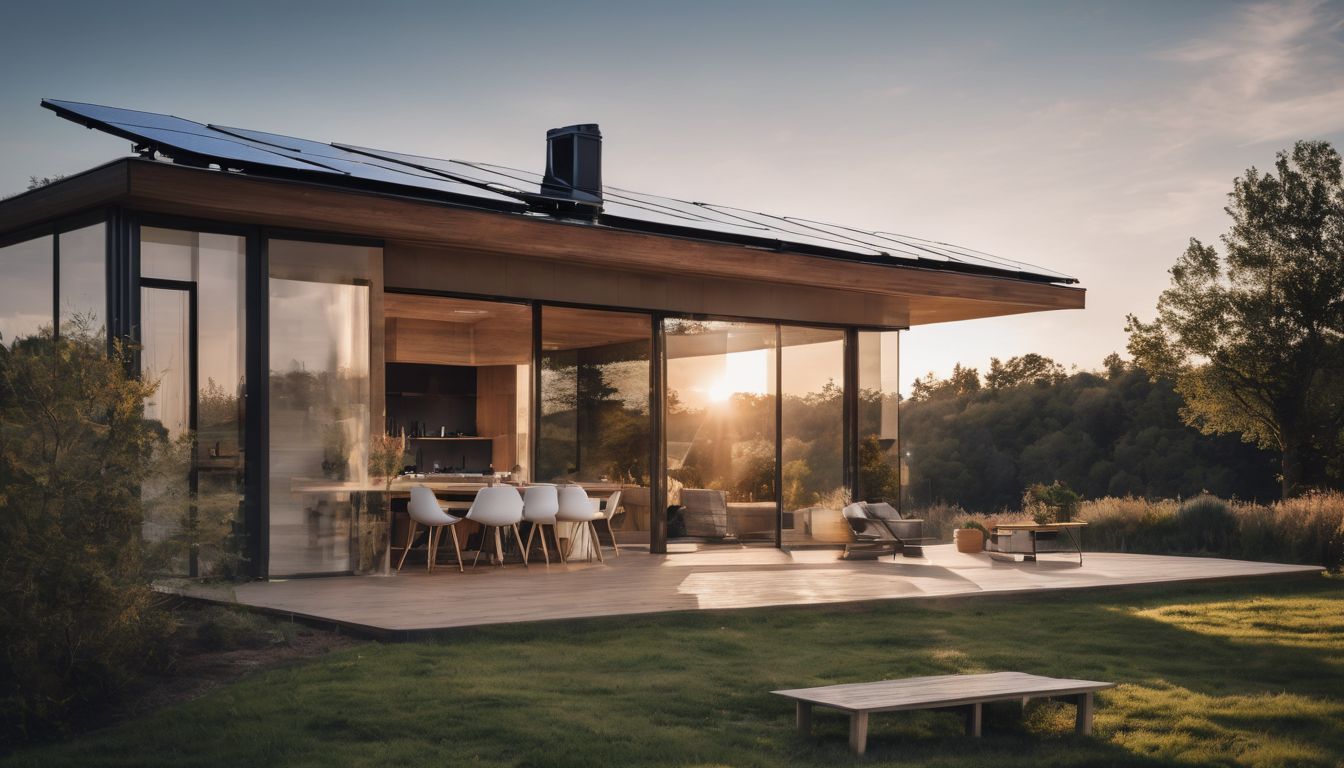Investing in energy efficiency projects is good for everyone. Unfortunately, high upfront costs have historically prevented large entities and low-income customers from addressing energy inefficiencies. One innovative new workaround is something called on-bill financing. In this model, utility companies will provide financing with zero percent interest for energy efficiency retrofits. Recipients then pay back the loans through a surcharge on their monthly utility bill.
BENEFITS FOR THE ENVIRONMENT: Decreasing your energy usage will reduce the demand for fossil fuels and thus climate change .
BENEFITS FOR YOUR WALLET: Using less energy means lower bills, and on-bill financing allows you to start saving on your energy bills with no up-front costs.
Time and Effort: Medium. On-bill financing is a new financing structure, so it is important to take the time to fully understand any agreement you enter into with your utility company. That being said, the reason why on-bill financing is becoming so popular is that the structure is pretty straightforward. You won’t have to be a rocket-scientist to figure out your utility bill☺
Cost: This should save you money!
Instructions:
1. Get a home energy audit to determine whether your home needs an energy efficiency upgrade. For information on how to do a home energy audit, check out this Guide: Get a Home Energy Audit
2. Research what your utility offers. This is as simple as going to your utility’s website and typing “on-bill financing” into the search bar. There are at least 31 programs in 20 different states, so chances are your utility company may have a program! ; In most cases, the terms of the agreement will specify the upper limit the utility is willing to finance, and the amount of time a customer has to pay back the loans through their bill.
An example will help to clarify. Let’s say I own a small business in beautiful southern California. The San Diego Gas & Electric will finance up to $100,000 in energy efficiency retrofits for commercial customers (that’s me!) and I have five years for the repayments. This means that the projects I invest in should have a payback period in the range of 1-7 years. , I choose to invest in a lighting retrofit with a payback period of about 2.2 years. The utility will pay for the installation of the new lights, and immediately I will start saving energy. My utility bill, however, will remain pretty much fixed because the monthly payment is calculated based on estimated monthly energy savings.
This table shows an example of on-bill financing from the utility company Pacific Gas & Electric.
The debt for the project “sticks” with my property– so if I sell, the new tenant will get both the energy savings and the remaining payments. The five year limitation is a hassle if you’ve already done a lot of work to make your house or business energy efficient. But if not, there are many projects that have a short payback period.
3. Rejoice in your energy savings and spread the word to others! There is no catch. Research shows that the reason why more people aren’t taking advantage of on-bill financing is because they simply don’t know about it.




